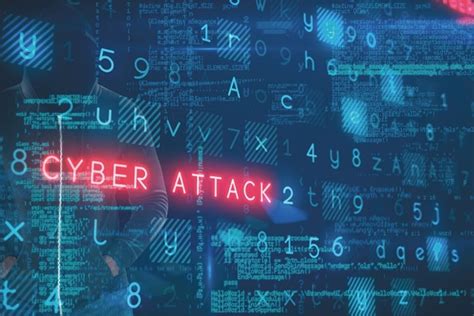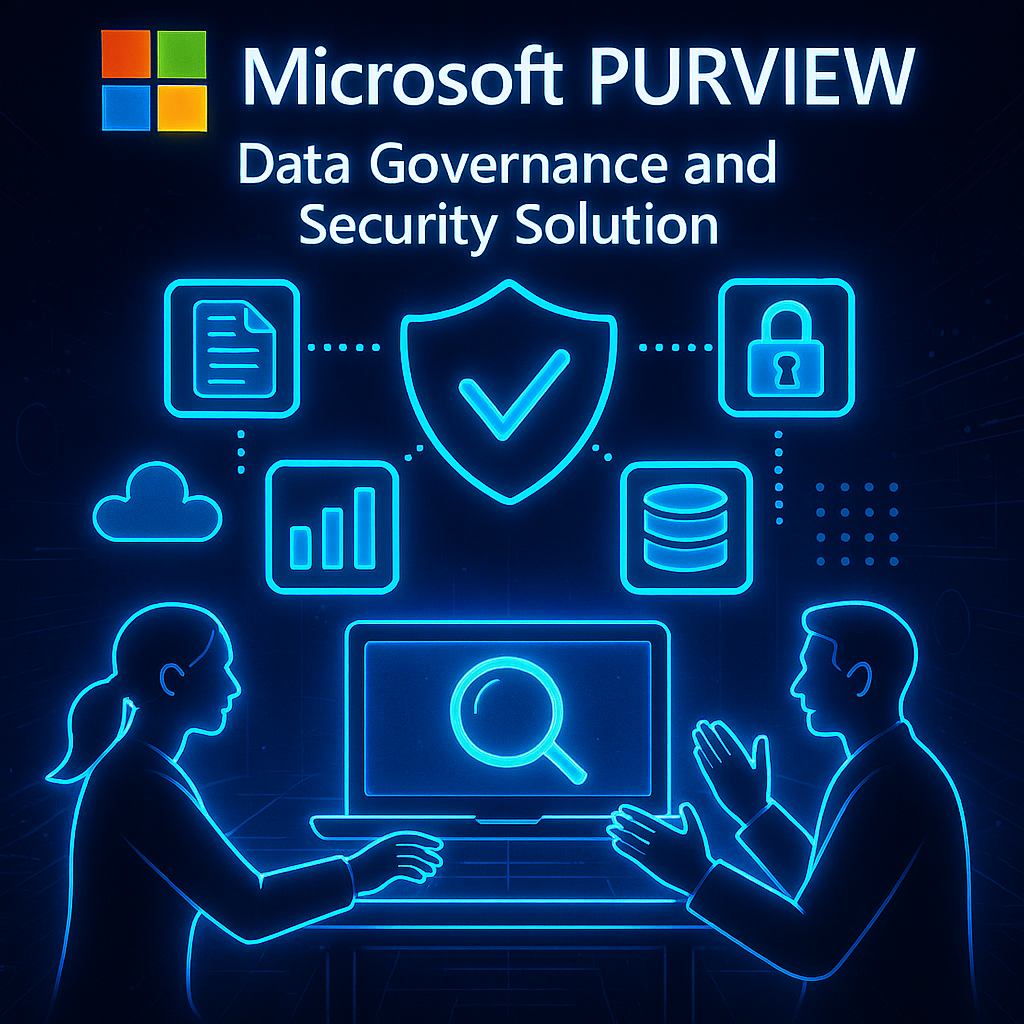
Introduction
Overview of Literature Review on Cybersecurity Adoption in the Workplace
In today’s digitally driven world, the significance of cybersecurity in workplace environments cannot be overstated. Organizations must strengthen their cyber defences with increasing data breaches and cyber threats. This literature review delves into the multifaceted aspects of cybersecurity adoption, focusing on how companies can effectively implement security measures to safeguard their digital assets. The research highlights various studies that draw attention to the critical factors influencing successful cybersecurity practices, encompassing organizational culture, employee training, and technological solutions.
The essence of this review lies in synthesizing existing literature to provide a consolidated understanding of workplace cybersecurity practices. For instance, studies reveal that organizations with a robust security culture can mitigate risks more effectively.
Purpose and Scope of the Review
The primary aim of this review is to equip organizations with actionable insights into effective cybersecurity adoption strategies. It explores:
- Key factors that influence cybersecurity practices such as employee engagement and management support.
- Technological implementations including endpoint security and network defenses.
- Common challenges organizations face, such as cost-related issues and integration difficulties.
By focusing on these areas, the review aspires to facilitate a better understanding of how organizations can enhance their cybersecurity posture in an ever-evolving digital landscape. The tips and strategies highlighted herein will serve as a roadmap for businesses aiming to fortify their cybersecurity measures effectively.
Understanding Cybersecurity in the Workplace
Definition and Importance of Cybersecurity
Cybersecurity refers to the practices and measures to protect computers, networks, programs, and data from unauthorized access, attacks, or damage. Think of it as a digital fortification that guards against threats which could compromise sensitive information or disrupt operations. The importance of cybersecurity in the workplace cannot be overstated:
- Data Protection: Protects personal and organizational data, ensuring privacy and compliance with regulations like GDPR.
- Operational Continuity: Shields against disruptions that can stem from cyber incidents, maintaining business operations without hindrance.
- Trust Building: Establishes a reliable environment for clients and stakeholders, enhancing their trust and confidence.
Professionals at all levels need to understand that cybersecurity is not solely the IT department's responsibility; it's a collective endeavor.
Cyber Threat Landscape in Modern Workplaces
The cyber threat landscape is evolving rapidly, making it imperative for organizations to stay ahead of potential risks. Recent findings highlight some prevailing threats:
- Phishing Attacks: Fraudulent attempts to obtain sensitive information through deceptive emails or websites.
- Ransomware: Malicious software that encrypts data, demanding payment to restore access.
- Insider Threats: Employees or contractors who might inadvertently or intentionally compromise security.
A personal anecdote illustrates this well: A colleague recently experienced a phishing scam that nearly led to a data breach for our team. This incident served as a stark reminder of the vulnerabilities we face daily. Organizations can better prepare and implement effective security measures by understanding these threats, ensuring a safer workplace for everyone.

Factors Influencing Cybersecurity Adoption
Organizational Culture and Attitudes Towards Security
The foundation of effective cybersecurity adoption begins with an organization's culture. A culture that prioritizes security influences every employee's mindset, ultimately leading to better cyber practices. When an organization fosters a security-first mentality:
- Proactive Mindset: Employees are likelier to report suspicious activities than ignore them.
- Collaboration: Everyone works together to identify and mitigate risks, creating a safer environment.
- Leadership Support: When management emphasizes the importance of security, it encourages employees to take it seriously.
Reflecting on my own experience, I've seen how organizations with a strong cybersecurity culture respond to threats more swiftly and effectively. For instance, a previous employer organized regular security workshops, which made employees feel engaged and responsible for our collective safety.
Employee Training and Awareness Programs
No matter how robust the technology is, the human element remains a critical factor in cybersecurity success. Employee training and awareness programs are essential for building a knowledgeable workforce:
- Regular Training: Scheduled sessions help sharpen skills and inform everyone about the latest threats and best practices.
- Simulated Phishing Tests: Running mock phishing campaigns tests employee awareness and reinforces learning.
- Clear Communication: Providing employees with easy-to-understand resources empowers them to make informed decisions.
An example that stands out is a colleague mistakenly clicked on a link in a phishing email. Luckily, our training had recently covered the topic, allowing them to recognize the threat before it was too late. Regular training is not just a checkbox; it's a vital component of a comprehensive cybersecurity strategy that significantly enhances an organization’s resilience against cyber threats.

Technologies and Tools for Workplace Cybersecurity
Endpoint Security Solutions
As threats evolve, organizations must bolster their defenses at all levels, beginning with endpoint security. This encompasses protecting devices such as laptops, desktops, and mobile phones that connect to business networks. Effective endpoint security solutions are crucial for safeguarding sensitive information from vulnerabilities.
Some key features to look for include:
- Antivirus and Anti-malware Programs: Essential for detecting and neutralizing threats before they can wreak havoc.
- Data Encryption: Protects sensitive data even if a device is lost or stolen.
- Endpoint Detection and Response (EDR): Offers real-time monitoring and threat detection for advanced threats.
Personally, I recall a time when a friend's organization implemented an EDR solution, and it identified a strange activity that turned out to be a potential data breach. Prompt action allowed them to avert disaster — a testament to the power of robust endpoint security.
Network Security Measures
Network security measures are vital to a comprehensive cybersecurity strategy alongside endpoint security. These strategies primarily protect the integrity and functionality of networks, safeguarding against various cyber threats. Practical network security components include:
- Firewalls are barriers between a trusted internal network and untrusted external networks, preventing unauthorized access.
- Intrusion Detection Systems (IDS): Monitor network traffic for suspicious activities and known threats.
- Virtual Private Networks (VPNs): Encrypt data transmission across networks, providing secure remote access.
In an age where remote work is standard, network security is paramount. For instance, when my team transitioned to a remote setup, implementing a VPN secured our data and gave everyone peace of mind. By investing in both endpoint and network security measures, organizations can significantly enhance their overall cybersecurity posture, creating a fortified environment conducive to safe operations.

Challenges and Barriers to Cybersecurity Implementation
Cost-Related Challenges
While the importance of cybersecurity is widely acknowledged, the cost often poses a significant barrier to implementation for many organizations. The expenses associated with cybersecurity can be daunting, especially for small to mid-sized businesses. Key cost-related challenges include:
- Initial Investment: High upfront costs for purchasing tools and technologies can strain budgets.
- Ongoing Maintenance: Continuous updates and monitoring require additional financial resources over time.
- Training Expenses: Regular employee training on cybersecurity practices has its own financial footprint.
During my collaboration with a startup, we faced this exact dilemma. Implementing a full-fledged cybersecurity suite after a data breach incident felt like a Herculean task due to budget constraints. However, we soon realized that investing in basic cybersecurity measures could save us from potentially devastating losses in the long run.
Integration Issues with Existing Systems
Another standard challenge organizations face is integrating new cybersecurity solutions with their existing systems. This integration can be tricky and may lead to a fragmented approach if not managed well. Considerations include:
- Compatibility: New tools must work seamlessly with legacy systems to streamline operations.
- Disruption: Integrating new solutions may lead to temporary downtime, disrupting normal business activities.
- User Adaptability: Employees often need time to adjust to new security tools, possibly affecting productivity.
In a previous role, our team struggled to incorporate advanced security protocols into an outdated system. The lesson learned was that a well-planned integration strategy is vital. By recognizing and addressing these cost-related and integration challenges, organizations can significantly enhance their cybersecurity efforts, paving the way for a more secure future.
Best Practices for Effective Cybersecurity Adoption
Implementing Multi-Factor Authentication
One of the most effective strategies for bolstering cybersecurity in the workplace is implementing Multi-Factor Authentication (MFA). This method adds an extra layer of protection beyond the traditional username and password combination, significantly reducing the risk of unauthorized access. MFA requires users to provide at least two forms of verification, typically including:
- Something You Know: A password or PIN.
- Something You Have: A physical device like a smartphone or security token.
- Something You Are: Biometric verification, such as fingerprints or facial recognition.
In my own experience, when my previous employer adopted MFA, we saw a marked decline in successful breach attempts. It’s reassuring to know that even if a password is compromised, an additional verification step is in place to secure sensitive information. Not only does MFA enhance security, but it also promotes a culture of vigilance among employees.
Regular Security Audits and Assessments
Another best practice is conducting regular security audits and assessments. These evaluations help identify vulnerabilities and assess the effectiveness of current cybersecurity measures, ensuring organizations stay one step ahead of potential threats. Key components include:
- External Audits: Bring an outside perspective to uncover blind spots in existing security frameworks.
- Compliance Checks: Ensure adherence to industry regulations and standards.
- Penetration Testing: Simulate potential attacks to evaluate the robustness of security infrastructure.
I witnessed firsthand how a routine audit unveiled critical gaps in our security strategy, leading to timely interventions. By making regular security audits a priority, organizations can protect their assets and build a more resilient cybersecurity posture in an ever-evolving threat landscape.

Case Studies of Successful Cybersecurity Implementation
Company A: A Case Study in Proactive Cybersecurity Measures
Company A, a mid-sized tech firm, recognized early on the importance of proactive cybersecurity measures. Facing potential threats from various sources, the leadership invested significantly in creating a robust cybersecurity framework. Their approach included:
- Comprehensive Training Programs: The company launched ongoing training sessions to equip employees to identify and respond to cybersecurity threats effectively.
- Implementation of Multi-Factor Authentication (MFA): By introducing MFA for all employees, they added an essential layer of protection against unauthorized access, which paid off when an attempted breach was thwarted.
These proactive measures led to a remarkable 75% decrease in security incidents over two years. My friend, who works there, shared that employees now feel empowered and vigilant, knowing they play a pivotal role in the organization's security.
Company B: Overcoming Security Challenges in the Workplace
Company B faced significant challenges and became a prime example of resilience in cybersecurity. After experiencing a major data breach, their leadership embarked on a transformative journey. Key steps they took included:
- Conducting a Thorough Security Audit: This audit uncovered vulnerabilities they hadn’t considered, providing a clear roadmap for improvement.
- Investing in Technologies: The company integrated advanced endpoint security solutions to combat threats at the device level and established a more secure network infrastructure.
Through these efforts, Company B recovered from its setback and enhanced its overall security posture, culminating in a notable boost to employee confidence. Reflecting on this experience, I realize overcoming adversity can be a strong catalyst for building a more secure and resilient organization. These case studies highlight how proactive and reactive measures can significantly impact a company's cybersecurity effectiveness.
The Future of Cybersecurity in the Workplace
Emerging Trends and Technologies in Cybersecurity
As we look toward the future, the field of cybersecurity is evolving at an unprecedented pace, driven by emerging trends and cutting-edge technologies. Organizations are beginning to embrace solutions that fortify defences and foster adaptability. Some significant trends include:
- Artificial Intelligence (AI) and Machine Learning: These technologies are harnessed to enhance threat detection and response, allowing organizations to analyze patterns and detect anomalies in real-time.
- Zero Trust Architecture: The principle of “never trust, always verify” is gaining traction. This approach continuously validates user access and ensures that all operations occur within a secure perimeter.
- Cloud Security Solutions: As remote work becomes more prevalent, safeguarding cloud services and data through advanced encryption and security protocols is paramount.
In my experience, witnessing these technologies being applied has shown me how they can drastically reduce the chances of a breach while improving overall efficiency.
Recommendations for Future Research
To stay ahead in this ever-evolving landscape, targeted research is crucial. Future studies could focus on:
- Effectiveness of AI in Real-World Scenarios: Analyzing case studies to assess how AI can adapt to different threats.
- User Behavior Analysis: Understanding how employee actions impact security and how awareness training can be optimized.
- Impact of Regulatory Changes: Exploring how new regulations shape cybersecurity practices and compliance requirements.
In conclusion, as the complexities of cybersecurity challenges grow, ongoing research and innovation will be vital. These insights will ensure organizations are prepared for the unforeseen threats of tomorrow while reinforcing a culture of security in the workplace.
Conclusion
Summary of Key Findings from the Literature Review
This literature review highlighted several critical aspects of cybersecurity adoption in the workplace, emphasizing the need for a comprehensive approach. The key findings include:
- The Importance of Organizational Culture: A security-focused workplace culture is essential for encouraging proactive employee engagement in defending against cyber threats.
- Training and Awareness: Effective employee training enhances security practices and empowers staff to recognize potential risks effectively.
- Technological Solutions: Investing in advanced cybersecurity tools, such as endpoint security and multi-factor authentication, significantly reduces exposure to threats.
- Regular Audits: Implementing consistent security audits ensures potential vulnerabilities are identified and addressed promptly.
Implications for Organizations and Recommendations
The implications of these findings are significant for organizations looking to strengthen their cybersecurity infrastructures. Here are some recommendations:
- Foster a Security-First Culture: Leadership should emphasize the importance of cybersecurity, making it a core aspect of the organization’s values.
- Invest in Training Programs: Regularly updated training sessions can significantly reduce the likelihood of successful breaches.
- Prioritize Technology Integration: Organizations must ensure their cybersecurity tools work cohesively with existing systems to optimize effectiveness.
Reflecting on these insights, it’s clear that an organization’s cybersecurity posture is a shared responsibility. By following these recommendations, organizations can create a secure environment that protects information and instils confidence among employees and clients alike. The journey toward robust cybersecurity is ongoing, and continuous improvement is key to navigating this ever-evolving landscape.




